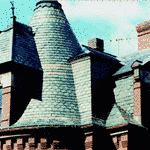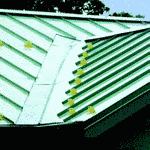valley
1. a long depression in the land surface, usually containing a river, formed by erosion or by movements in the earth's crust
2. the broad area drained by a single river system
3. the junction of a roof slope with another or with a wall
4. relating to or proceeding by way of a valley
Collins Discovery Encyclopedia, 1st edition © HarperCollins Publishers 2005
Valley
Illustrated Dictionary of Architecture Copyright © 2012, 2002, 1998 by The McGraw-Hill Companies, Inc. All rights reserved
What does it mean when you dream about a valley?
Dreaming about a valley can represent everything from fertility (a valley is a symbol of female sexuality) to depression and “feeling down.”
The Dream Encyclopedia, Second Edition © 2009 Visible Ink Press®. All rights reserved.
valley
[′val·ē] (building construction)
An inside angle formed where two sloping sides intersect.
(geography)
A generally broad area of flat, low-lying land bordered by higher ground.
(geology)
A relatively shallow, wide depression of the sea floor with gentle slopes. Also known as submarine valley.
McGraw-Hill Dictionary of Scientific & Technical Terms, 6E, Copyright © 2003 by The McGraw-Hill Companies, Inc.
valley
The trough or gutter formed by the intersection of two inclined planes of a roof.
McGraw-Hill Dictionary of Architecture and Construction. Copyright © 2003 by McGraw-Hill Companies, Inc.

